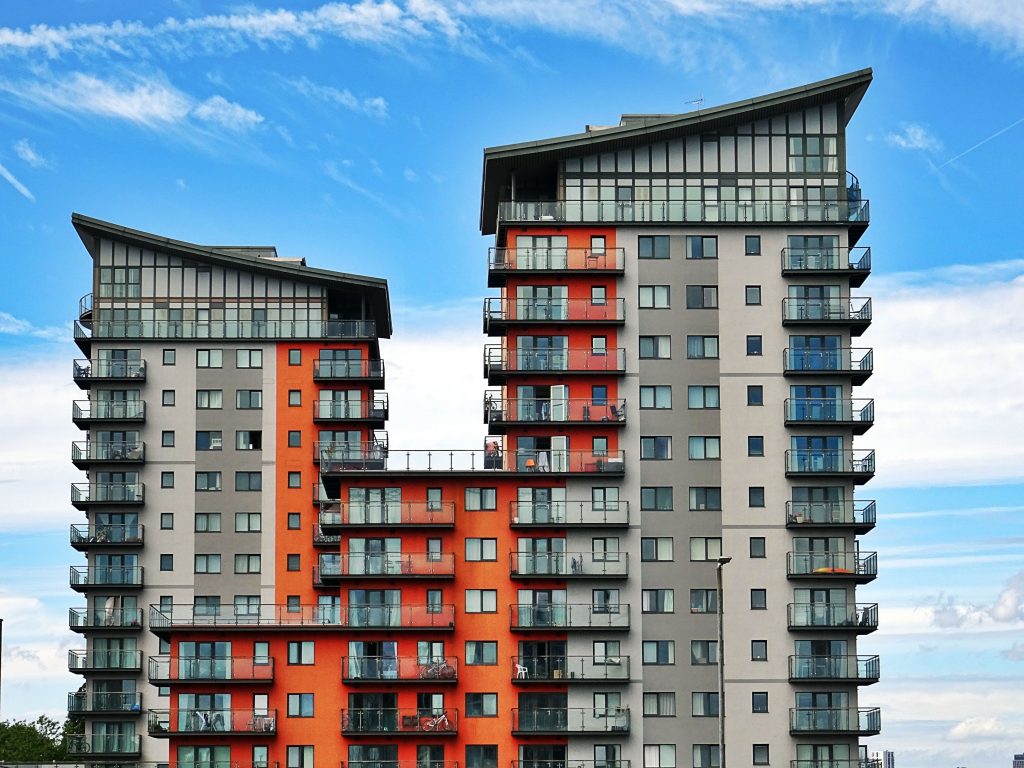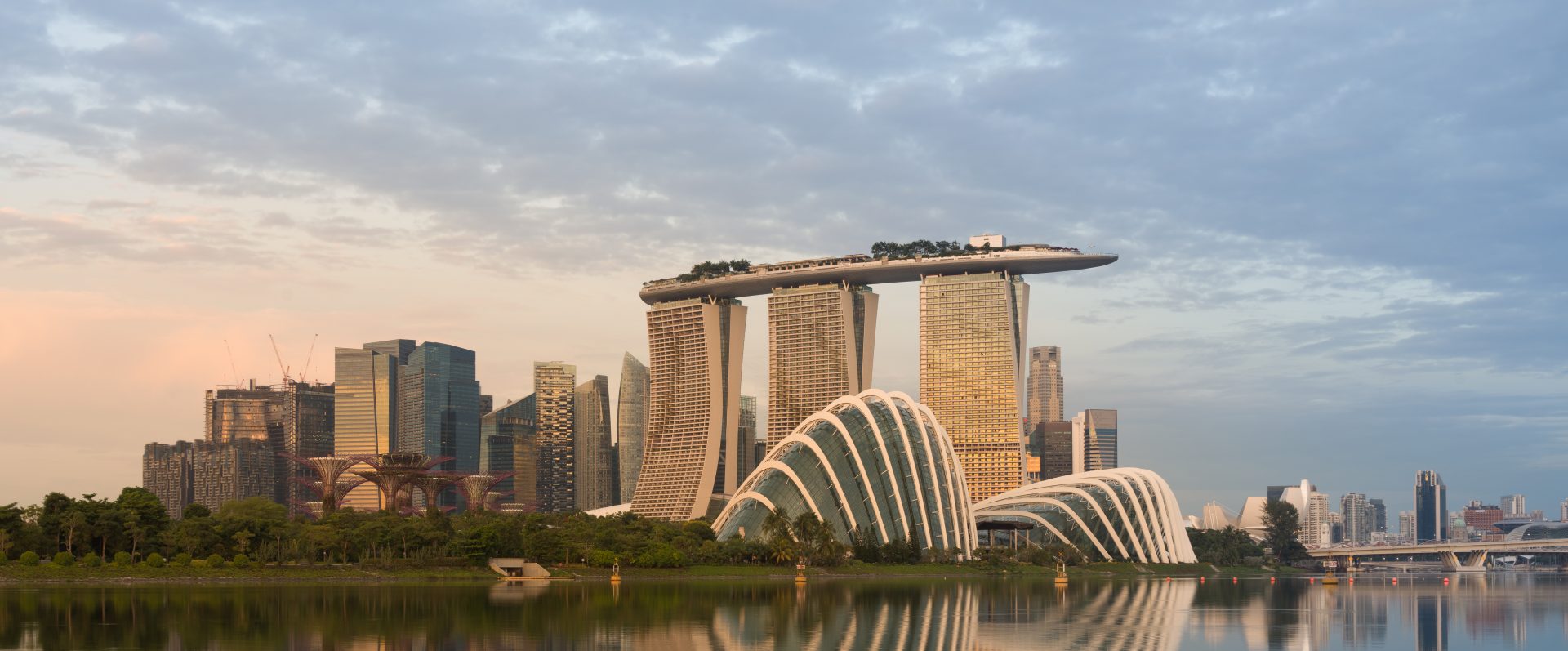Why real estate is growing fast in Tier 2 and Tier 3 cities?

By Evente Clinic
Have you checked the price increase of real estate properties in Tier 1 cities over the past decade? The price has sky-rocketed even after the slowdown of the last couple of years. The reason is simple – the demand still remains in Tier 1 cities.
Everything has a saturation point, so is the case with property price in Tier 1 cities. The rates are already out of budget for most of the middle-class people. For this reason, investment in real estate is moving to tier 2 and tier 3 cities.
Even the commercial properties are at an all-time high in Tier 1 cities which have lead to the growth of industries, particularly in the sectors of Information Technology (IT) and Information Technology Enabled Services (ITES) in Tier 2 and Tier 3 cities. It has resulted in the emergence of robust real estate development in these markets over the past few years.
“Everything has a saturation point, so is the case with property price in Tier 1 cities. The rates are already out of budget for most of the middle-class people. ”

Here are some of the main reasons for real estate growth in Tier 2 and Tier 3 cities:
- As per the report, India’s urban population is likely to surpass 850 million by 2050, of which 50 percent is expected to be in the age group of 19-58 years, which is the key demographic core to the consumer demand phenomenon. With increasing disposable incomes and nuclear families, this will lead to a higher demand for housing and organized retail consequently.
- Tier 2 and tier 3 cities offer skilled labour at cheaper rates. Lower fixed costs/overheads in smaller towns are leading to higher disposable incomes. cities such as Chandigarh, Coimbatore, Vadodara, Jamshedpur have become the hub of e-commerce while Ahmedabad, Surat, and Vadodara have made huge progress in the industrial sector. On the other hand, Coimbatore has more than 25,000 SMEs while Vizag has been suitable for industries such as mining, heavy manufacturing, etc. Jaipur has been leading in service sector investments.
- The availability of land and labour at reasonable rates compared to metro cities will lead to affordable prices of real estate in these locations. The land is one of the major components for a typical real estate project. Thus, lower land costs will lead to affordable rates of residential units and rentals in the case of retail projects.
- Expensive transportation along with huge traffic and travel time are some of the common drawbacks associated with the metros. However, small cities tend to mitigate these disadvantages. As a matter of fact, improvement in connectivity has made these cities more accessible and hassle-free than the metros. International airports have been established in cities like Chandigarh and Amritsar. With enhanced connectivity through flyovers, bypasses, expressways, metro, and industrial corridors, several reputed developers are now looking forward to marking their presence in the smaller towns.

- With measures to upgrade the urban infrastructure which include the introduction of airports, up-gradation of Mass Rapid Transit System (MRTS), and development of Special Economic Zones (SEZ), the Government has taken proactive measures to boost sentiment in the real estate market of these cities.
According to ANAROCK’s report, Private Equity in Indian Real Estate, nearly $1.37 billion (Rs 9,500 crore) were pumped into real estate markets across various smaller cities, including Bhubaneshwar, Chandigarh, Ahmedabad, Mohali, Indore and Amritsar, between 2015-2018. The number is expected to be higher for 2019.
If you are looking to investment get in touch with our sales managers for some very lucrative deals.

